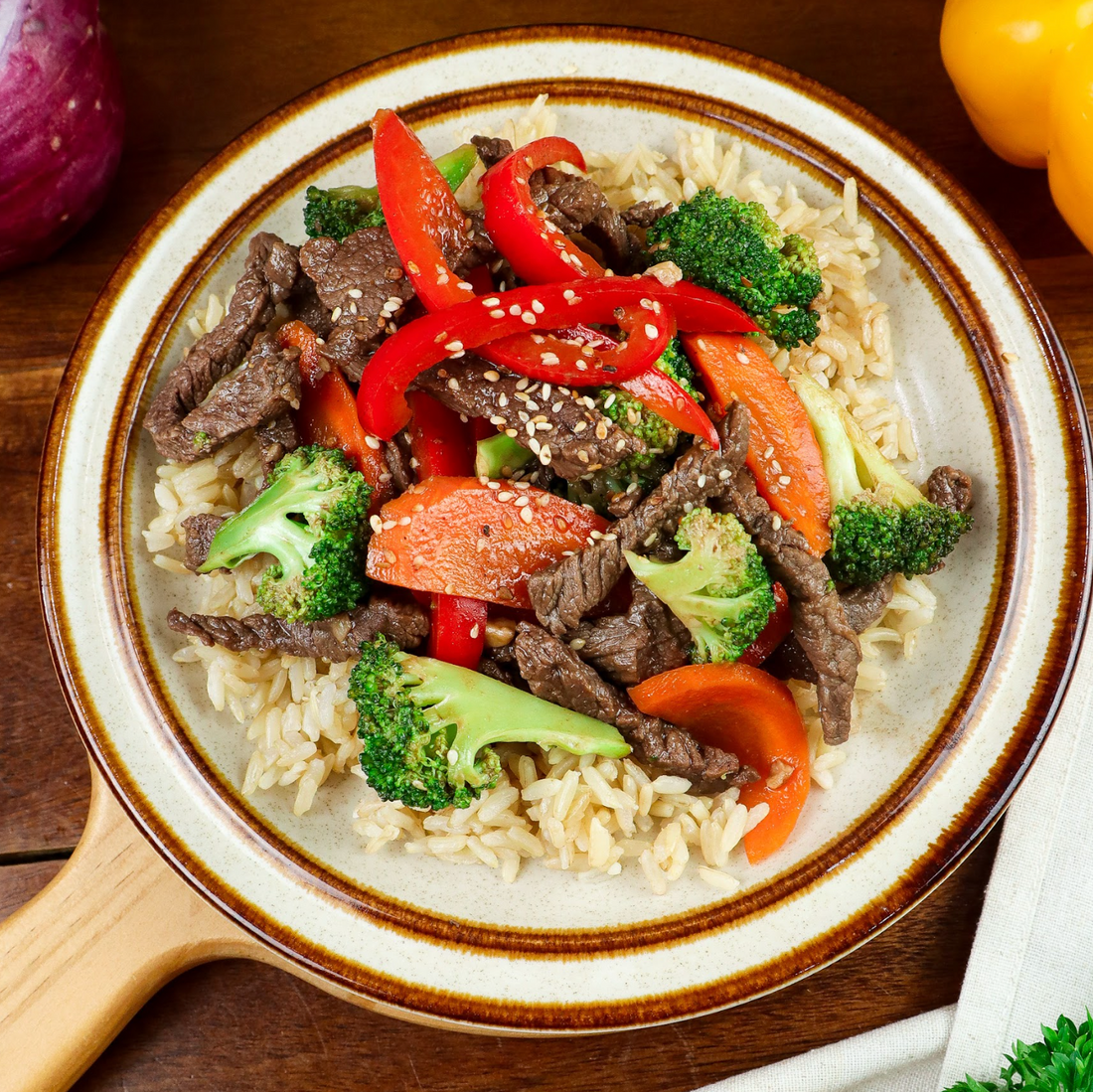
Portion Size Vs Serving Size and Why it Matters
Are you eating too much or not enough foods in your daily diet?
A serving is a set amount of food or drink, such as one slice of bread or one cup of milk.
A portion is the amount of food that you choose to eat for a meal or snack, which is often dictated by the size of the packet you buy or the dish you order.
For example, your portion size at breakfast may be half a small tub of yoghurt on your 1 cup muesli. This equates to half a ‘serve’ of yoghurt, but four ‘serves’ of muesli.
Recommended servings each day

Grain foods: 6 servings per day
One serve =
1 slice of bread
½ cup cooked rice
½ cup cooked pasta
1/2 cup porridge
1/4 cup muesli

Vegetables/ legumes: 4-6 servings per day
One serve (75g) =
- ½ cup cooked vegetables, beans or legumes
- ½ medium potato
- 1 cup green leafy or raw salad vegetables

Fruit: 2 servings per day
One serve = 150g
- 1 apple, 1 banana, 1 ½ tablespoons dried fruit
- 1 medium apple, banana, orange or pear
- 2 small apricots, kiwi fruits or plums
- 1 cup diced or canned fruit (no added sugar)
- 30g dried fruit (for example, 4 dried apricot halves, 1½ tablespoons of sultanas)

Dairy: 2 ½ — 4 servings per day
One serve =
- 1 cup milk
- 2 slices of cheese
- ¾ cup yoghurt
- 46g cottage cheese

Lean meat or nuts: 2 ½ — 3 servings per day
One serve =
- 65g cooked meat
- 100g cooked fish
- 2 large eggs
- 80g cooked chicken
- 170g tofu
- 30g nuts and seeds
Why It Matters
Understanding the difference helps you:
-
Accurately track what you eat
-
Avoid overeating unintentionally
-
Make better-informed dietary decisions
General Caloric Guidelines (per meal)
Assuming three meals and 1–2 snacks per day for women:
Calories per meal: 400–600 kcal
Snacks: 100–200 kcal each
Macronutrient Breakdown (per meal)
A healthy plate often includes:
Protein: 20–30 grams (e.g., chicken breast, tofu, beans)
Healthy fats: 10–20 grams (e.g., olive oil, avocado, nuts)
Carbohydrates: 40–60 grams (e.g., whole grains, fruits, vegetables)
Fiber: 8–10 grams (from veggies, whole grains, legumes)

Portion Size (Using Plate Method)
½ plate: Non-starchy vegetables (e.g., leafy greens, broccoli)
¼ plate: Lean protein (e.g., fish, chicken, legumes)
¼ plate: Whole grains or starchy vegetables (e.g., brown rice, sweet potato)
1 serving: Healthy fat (e.g., 1 tbsp olive oil or a handful of nuts)

You can download these lists here

